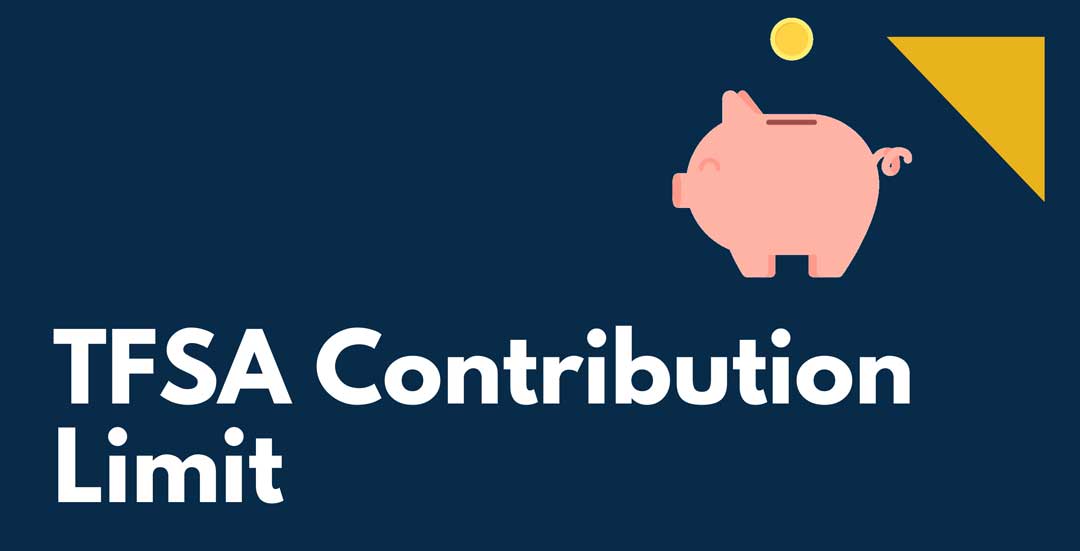
The TFSA new contribution limit for 2021 has been officially released. That limit is $6,000, matching the amount set in 2019 and 2020.
With this TFSA dollar limit announcement, the total contribution room available in 2021 for someone who has never contributed and has been eligible for the TFSA since its introduction in 2009 is $75,500.
The annual TFSA dollar limit is indexed to inflation and rounded to the nearest $500. The Canada Revenue Agency’s indexation increase in 2021 is 1.0%.
For clients who have withdrawn from TFSAs, their crystallized gains and losses from withdrawals are factored into their TFSA room. The formula is:
Unused TFSA contribution room to date + total withdrawal made in this year + next year’s TFSA dollar limit = TFSA contribution room at the beginning of next year
Here are the dollar amounts by year:
| For 2009, 2010, 2011, and 2012: | $5,000 |
| For 2013 and 2014: | $5,500 |
| For 2015: | $10,000 |
| For 2016, 2017, and 2018: | $5,500 |
| For 2019, 2020 and 2021 | $6,000 |
Anyone 18 or older and who has a valid social insurance number is eligible to open a TFSA. The contribution room accumulates beginning in the year in which a person turns 18.
While contributions to a TFSA are not tax-deductible, withdrawals are tax-free. Money withdrawn from a TFSA in a future year can be used to make a down payment on a home or purchase a car, for example.
“If [the TFSA holder’s] tax rate is higher at that time, they realize a benefit accessing tax-free income from their account as opposed to having to pull out taxable income [as from an RRSP],” George said.
Here is the TFSA lifetime contribution room for individuals who have never made a TFSA contribution, for 2020 and 2021, based on age.
| Year individual turned 18 | Total unused contribution room in 2020 | Total unused contribution room in 2021 |
| 2009 or earlier | $69,500 | $75,500 |
| 2010 | $64,500 | $70,500 |
| 2011 | $59,500 | $65,500 |
| 2012 | $54,500 | $60,500 |
| 2013 | $49,500 | $55,500 |
| 2014 | $44,000 | $50,000 |
| 2015 | $38,500 | $44,500 |
| 2016 | $28,500 | $34,500 |
| 2017 | $23,000 | $29,000 |
| 2018 | $17,500 | $23,500 |
| 2019 | $12,000 | $18,000 |
| 2020 | $6,000 | $12,000 |
| 2021 | 0 | $6,000 |
Federal tax bracket thresholds for 2021
- The 33.0% tax rate begins at taxable income of over $216,511, up from $214,368 in 2020.
- The 29.0% tax rate begins at taxable income of over $151,978, up from $150,473 in 2020.
- The 26.0% tax rate begins at taxable income of over $98,040, up from $97,069 in 2020.
- The 20.5% tax rate begins at taxable income of over $49,020, up from $48,535 in 2020.
- Income below $49,020 is taxed at 15.0%.
The basic personal amount for 2021 is $13,808 for taxpayers with a net income of $151,978 or less. At income levels above $151,978, the basic personal amount is gradually clawed back until it reaches $12,421 for a net income of $216,511.
Source: Advisor’s Edge
Newsletters
No Results Found
The page you requested could not be found. Try refining your search, or use the navigation above to locate the post.
Events & Sponsorship
No Results Found
The page you requested could not be found. Try refining your search, or use the navigation above to locate the post.
Articles & Publications
What Is Bookkeeping?
To understand the financial health of your business, you need to have precise bookkeeping. Bookkeeping involves verifying receipts, depositing payments into a bank account, and keeping clear records so that all financial information is easily accessible when needed....
Changes to RRSP and CPP in 2021
The Canada Revenue Agency (CRA) has made annual announcements about the nation’s retirement programs. Namely, the Canada Pension Plan (CPP) and the Registered Retirement Savings Plan (RRSP) are being updated as we enter the new year. Here are the changes you need to...
CRA Collection Letters for CERB Ineligibility & Repayment
The Canada Revenue Agency has begun issuing formal collection letters for CERB repayment to recipients who may or may not have been eligible for the payments they received. You may have received a letter from CRA regarding CERB payments to be paid back along with one...
CERB has ended, here is what to know about your benefits
After providing millions of Canadians with financial relief since the beginning of the pandemic, the Canada Emergency Response Benefit (CERB) will be coming to an end on Saturday and recipients will be forced to transition to a recently updated Employment Insurance...
CRA Warning: Pay Your Taxes on the CERB!
The Canada Revenue Agency (CRA) might have helped you through the lockdown if you lost your job due to COVID-19. The federal government initially announced the Canada Emergency Response Benefit (CERB) that would see qualifying Canadians receive $2,000 per month over...